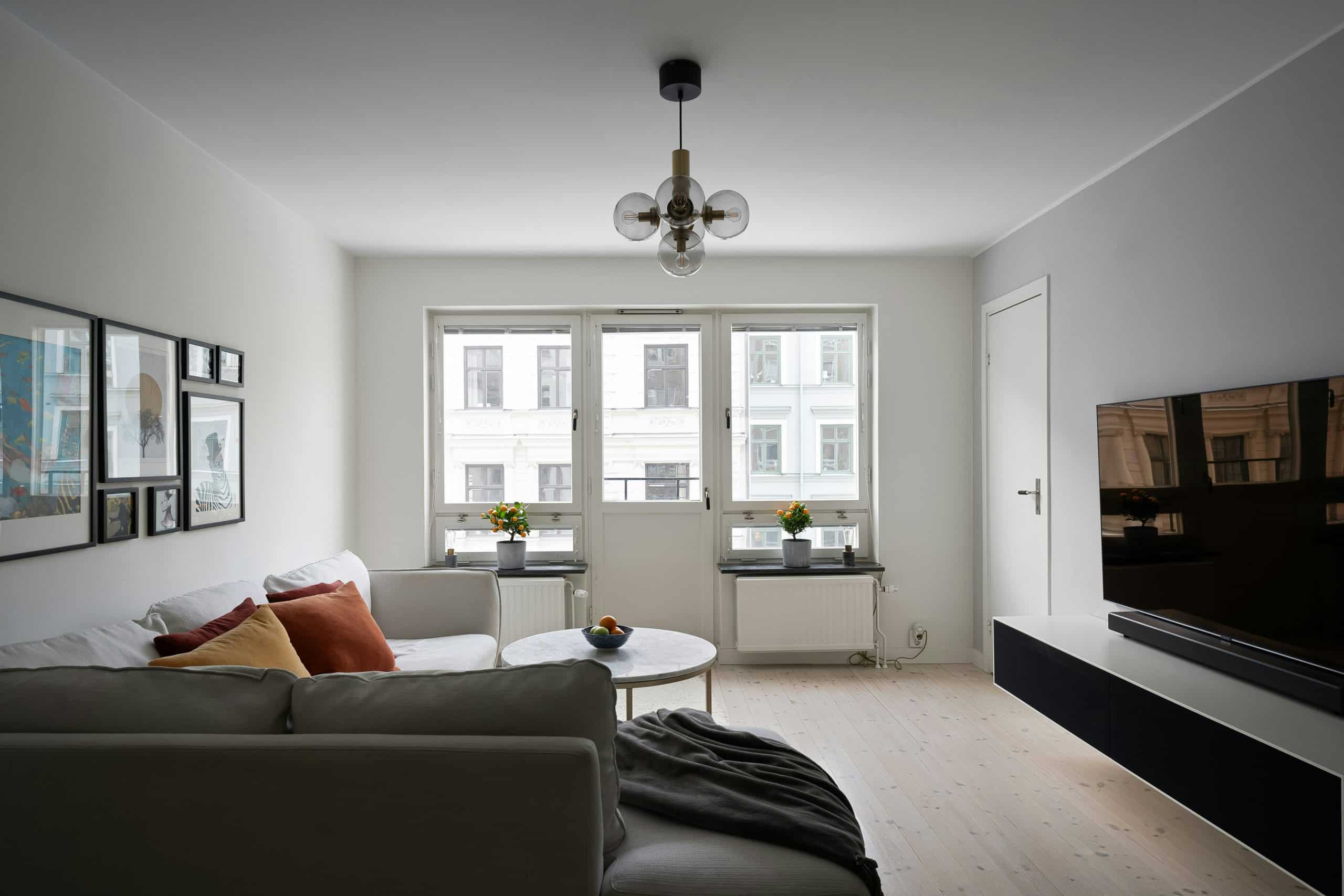What is the applicable VAT between developer and builder? The short answer to this question is that the VAT between developer and builder is zero-rated: invoices between developer and builder will be VAT-free due to reverse charge. This means that the developer will have to charge VAT himself and apply the corresponding deductions.
As indicated in Article 84.1.2 of the VAT Law, the reversal of the taxable person will occur when the companies that carry out the execution of works make their supplies of goods or services, whether they invoice the developer, the main contractor or subcontractors of the latter.
The following text must appear on the invoice: “Transaction subject to reverse charge”, in accordance with Article 84. 2º f) of the VAT Law” and that the promoter or contractor is requested to state in writing that the execution of the work is:
- Direct contract of contractor and subcontractor.
- The purpose of which is the development of land or the construction or renovation of buildings.
The reverse charge applies to suppliers-subcontractors who jointly perform and invoice mixed services (such as construction work and supply of materials) but not to those who solely and exclusively supply materials, rentals, other services such as secondment of workers.
How is the VAT (IVA) reverse charge between developer and builder applied?
The reversal of the taxable person implies that in these cases the taxable person will be the business or professional recipient of the operation. The person who carries out the work will invoice without VAT and the recipient of the operation will self-recharge the VAT, without the need to issue a self-invoice.
It is the recipient of the VAT-exempt invoice who becomes the taxable person, who will self-recharge and deduct (if he is entitled to) the VAT. The issuer of the invoice may, if entitled, continue to deduct VAT on purchases and/or acquisitions of goods and services necessary for the performance of his activity.
You can read our articles on self-promotion and the purchase and sale of real estate in Spain and do not hesitate to contact us with any questions you may have about VAT between developer and builder.




